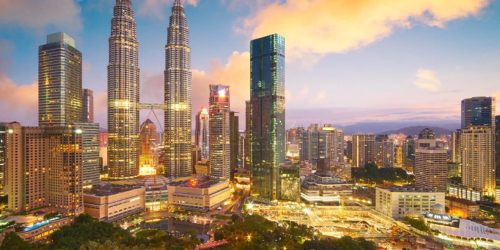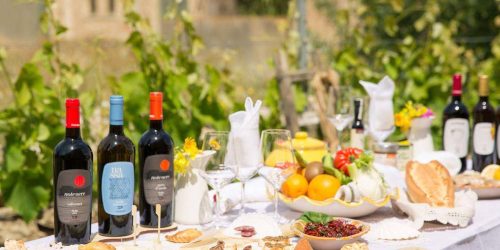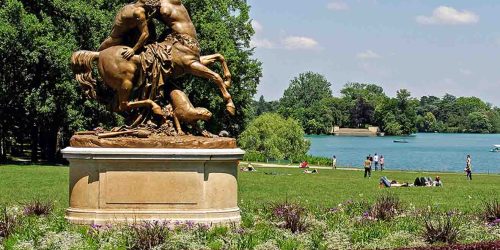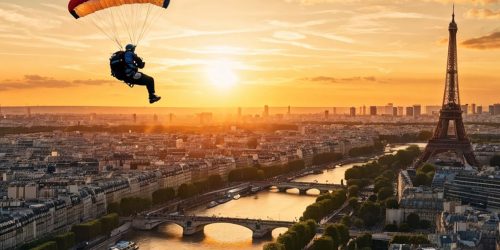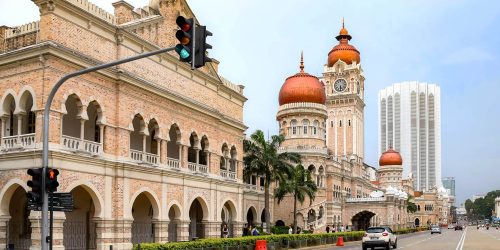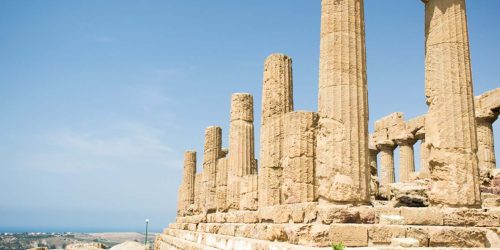Granada’s Flamenco Legacy: Music, Dance, and Passion
Granada, a city that holds within its walls centuries of history, culture, and artistic expression, has forever captivated my heart. As a seasoned traveler and a devoted explorer of Andalusia, I’ve been drawn to this enchanting corner of Spain time and time again. During my most recent sojourn, I delved deeper into the soul of Granada, discovering a world of profound emotion, storytelling, and artistry – the world of Flamenco.
In this immersive journey, I invite you to accompany me through the passionate streets of Granada as we explore the origins, the artists, and the unparalleled experiences that Flamenco bestows upon those who seek its embrace.
1. Flamenco: A Tapestry of Culture
Flamenco is more than a mere art form; it’s a living, breathing testament to the diverse cultural influences that have converged in Andalusia for centuries. Within the soulful sounds of Flamenco, one can discern the echoes of Romani people, Moors, Jews, and native Andalusians, each contributing their unique heritage to create this intricate mosaic of music, dance, and storytelling.
Granada, with its historical tapestry of cultural interactions, provides the perfect backdrop for the rich Flamenco tradition to flourish. It’s a city where every note sung, every guitar string plucked, and every rhythmic footstep danced tells a story of passion, sorrow, and love.
2. Sacromonte Caves: Where Flamenco Echoes through Time
To truly understand Flamenco in Granada, one must venture to the enchanting neighborhood of Sacromonte, which gracefully adorns the hills overlooking the city. This area is renowned not only for its breathtaking views of Granada but also for its cave houses, or “cuevas,” that have served as homes to generations of Flamenco artists. These caves are not just dwellings; they are intimate, sacred spaces where Flamenco transcends performance and becomes an inseparable part of life.
Cuevas los Tarantos: An Intimate Flamenco Soiree
Among the myriad venues that Sacromonte offers, Cuevas los Tarantos stands out as an iconic establishment. Stepping into this cave is akin to stepping into a time capsule, a portal to the heart of Flamenco. The dimly lit interior, adorned with rustic décor, and the intimate seating arrangements create an ambiance where Flamenco finds its true essence.
During my stay in Granada, I had the privilege of attending a Flamenco performance at Cuevas los Tarantos. It was a profound and unforgettable experience. As the artists took the stage, the room filled with palpable anticipation. The guitarist’s fingers moved with unparalleled grace, the singer’s voice soared with raw emotion, and the dancers’ feet articulated stories that words could never convey. The very essence of Flamenco, a fusion of pain, joy, and fervor, seemed to permeate every corner of the cave. In that moment, I, along with every member of the audience, was transported to a realm where only Flamenco’s unbridled emotion mattered.
Peña Flamenca La Plateria: Nurturing Flamenco’s Soul
For those who yearn to immerse themselves deeper into the heart of Flamenco culture, Peña Flamenca La Plateria offers a unique sanctuary. This Flamenco cultural association not only hosts performances but also serves as a haven for artists and enthusiasts to gather, share, and evolve.
I was fortunate enough to attend a “juerga” here, an informal Flamenco gathering where artists come together to explore and improvise. The spontaneity, camaraderie, and sheer talent of the performers were awe-inspiring. It was a poignant reminder that Flamenco is not just an art form but a living, breathing expression of the soul.
3. Dance of the Soul: The Flamenco Dancer’s Tale
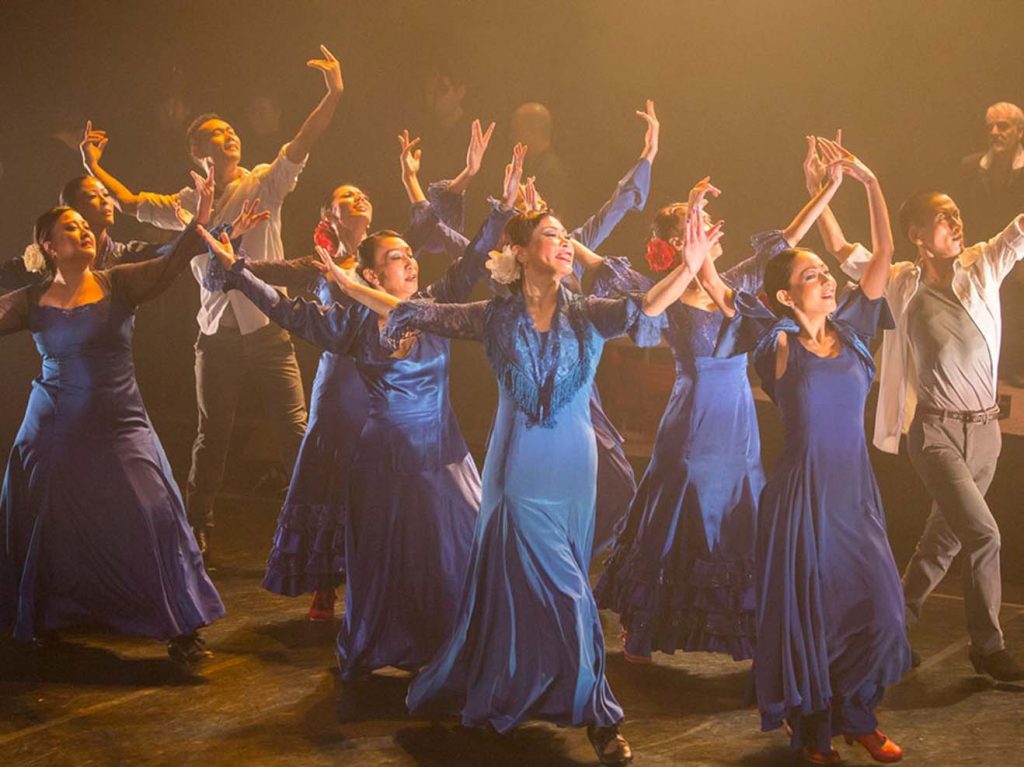
At the core of Flamenco lies the dance – an intense, visceral expression of emotion. The rhythmic footwork, the intricate hand movements, and the impassioned expressions of the dancers create a sensory experience like no other.
Escuela Carmen de las Cuevas: Learning the Language of Flamenco
For those utterly entranced by Flamenco, there is a unique opportunity to understand its essence on a profound level. Escuela Carmen de las Cuevas, nestled in the heart of Albayzín, offers Flamenco classes catering to enthusiasts of all levels. During my stay, I decided to partake in a Flamenco dance class, and it was an experience that transcended mere instruction.
The hours spent perfecting the “palmas” (handclaps) and attempting the intricate footwork were transformative. It was a physical and emotional journey, one that brought me closer to the heart of this profound art form. With every step, every movement, I felt Flamenco’s connection to life’s deepest emotions – love, longing, joy, and heartache.
4. The Music That Moves Mountains
The soul-stirring music of Flamenco is driven by the passionate strumming of the guitar, the mournful wail of the singer, and the intricate melodies that weave together to create a sonic masterpiece.
Casa de la Guitarra: A Guitarist’s Haven
In my quest to explore every facet of Flamenco in Granada, I ventured to Casa de la Guitarra, a venue where the guitar takes center stage. This intimate setting allowed me to witness the sheer virtuosity of Flamenco guitarists up close.
As the guitarist’s fingers glided over the strings, producing melodies that seemed to transcend time, I couldn’t help but marvel at the depth of emotion conveyed through this instrument. It’s said that the guitar is the heart of Flamenco, and watching these artists perform, I understood why.
5. Culinary Flamenco: A Feast for the Senses
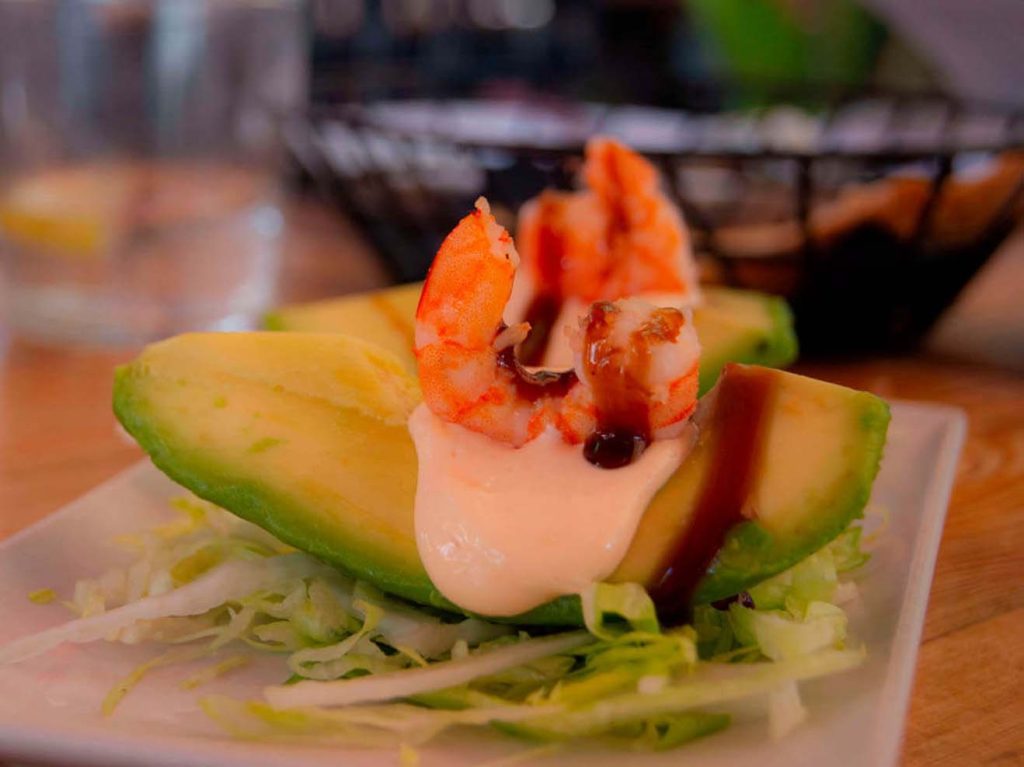
Flamenco isn’t confined to the stage; it permeates every aspect of Granada’s culture, including its culinary scene. I savored the city’s flavors, allowing each dish to tell its own story of tradition and innovation.
Tapeo de Cámara: Tapas with a Flamenco Twist
One evening, I found myself at Tapeo de Cámara, a restaurant that seamlessly fuses Flamenco with gastronomy. Here, the vibrant colors and bold flavors of Andalusian cuisine are accompanied by live Flamenco performances.
As I indulged in “pulpo a la gallega” (Galician-style octopus) and “salmorejo” (a refreshing tomato-based soup), the captivating melodies of Flamenco filled the air. It was a sensory feast that left me with a deeper appreciation for the connection between Flamenco and the culinary arts.
6. The Flamenco Trail Continues
My journey through Granada’s Flamenco landscape was nothing short of transformative. It’s an art form that defies definition, one that can only be truly understood through immersion. In every note, every chord, and every movement, I found a piece of Flamenco’s soul, and in doing so, I discovered a piece of my own.
Flamenco is not just a performance; it’s a profound exploration of the human experience. It’s a celebration of the joys and sorrows that define us all. It’s a testament to the enduring power of art to touch our hearts and souls.
So, as you navigate the streets of Granada, let Flamenco guide your steps. Attend a performance, learn a dance, savor the cuisine, and engage with the people who breathe life into this art form. In Flamenco, you’ll find not only a captivating cultural heritage but also a profound connection to the heart and soul of Granada.
